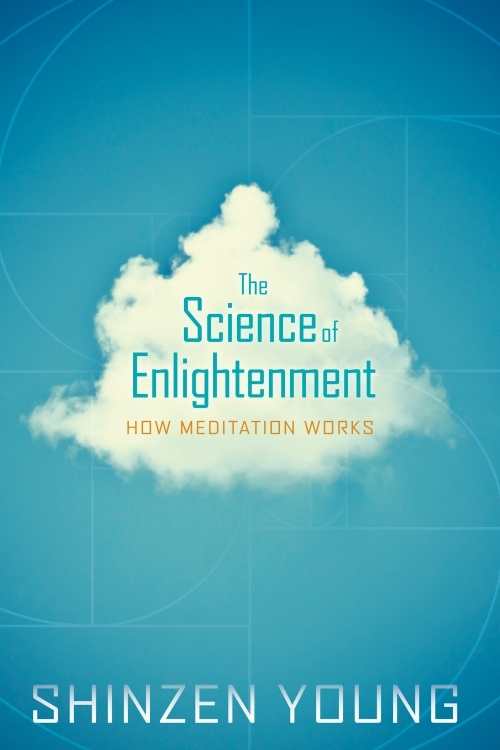The Science of Enlightenment
How Meditation Works
Part “hard-nosed researcher,” and part “poetic dharma teacher,” Shinzen Young brings fifty years of meditation experience and exploration of the best of what East and West have to offer to bear, showing how science and spirituality are coming together in what he calls the “Marriage of the Millennium.”
The experiences of meditators can now be measured and verified. In demonstrating that while their beliefs may differ, what happens in the neurological systems of adepts during contemplation is similar—so science supports the unity at the heart of the great spiritual traditions. Shinzen also describes his antimeditative childhood, how hashish followed by a chewy chocolate brownie once brought him to a state of samadhi and oneness, and how the horrific death of a beloved mentor transformed him from an armchair academic to a committed monastic. “Let me be clear: enlightenment is real,” he writes. “Not only is it real, but it is something that can be achieved by normal human beings through the systematic practice of meditation.”
Shinzen’s “happiest thought” involves two steps: first, discover a biophysical model for enlightenment (assuming that one exists), then create a technology to reliably facilitate it (if that’s possible). Such an achievement, he affirms, though not yet within reach, holds promise that enlightenment could go viral and dramatically change the course of human history for the better.
Reviewed by
Kristine Morris
Disclosure: This article is not an endorsement, but a review. The publisher of this book provided free copies of the book to have their book reviewed by a professional reviewer. No fee was paid by the publisher for this review. Foreword Reviews only recommends books that we love. Foreword Magazine, Inc. is disclosing this in accordance with the Federal Trade Commission’s 16 CFR, Part 255.

